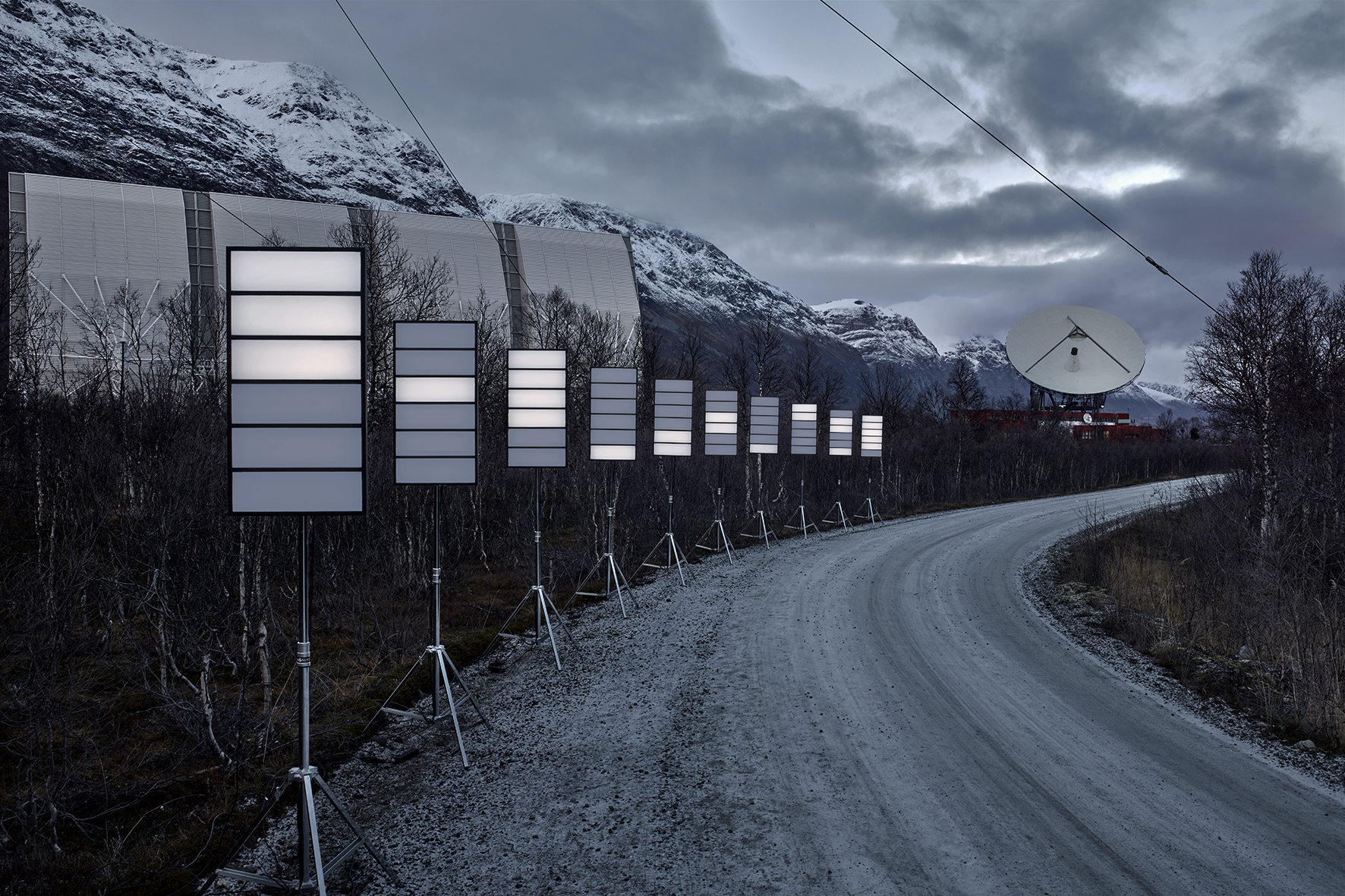The IEEC and the Sónar set the pace of the universe

Specifically, this past October there were some radiofrequency transmissions to the aforementioned Exoplanet (GJ273b), also known as "Luyten's Star b", only 12.4 light years away from the Earth. The content of these transmissions included, mainly, 18 musical pieces of 10 seconds each (curated exclusively by Sónar) created by artists related to the festival. The answer, if there is one, could arrive in just 25 years, coinciding with the 50th anniversary of the aforementioned festival.
This is the culmination of months of work on the part of a great collaboration that includes the same team of the Sónar festival, the musical artists that have participated, the association EISCAT (who has provided the radio station for the transmission ), and the IEEC, whose participation has been essential for the success of the project.
Those responsible for Sónar contacted the IEEC to present this idea and to obtain advice in various aspects. First of all, it was necessary to identify reasonable objectives for the transmission, that is to say, near exoplanets that were potentially habitable. Indeed, the field of exoplanets is very important in the IEEC, with its current director (Dr. Ignasi Ribas) being one of the international referents. The access to an installation that allowed to carry out this transmission has also been managed by the IEEC. There are only a dozen facilities around the world that meet the necessary requirements (mainly have a strong enough emitter), and access is not trivial.
The IEEC, therefore, had to identify these facilities and negotiate with the various agencies and entities that control them. Once the interesting objectives and the available facilities were identified, the best combination and the best dates for the transmission were studied. The result has been a transmission on October 16, 17 and 18, 2017, from the EISCAT antenna in Tromsø (Norway), to Luyten's Star b, emitting radar pulses (modulated with the message) at 1.5 MW around 930MHz.
The IEEC has also dealt with the most technical aspects of the transmission itself, or rather, of the message. From the beginning, Sónar insisted that the entire project should be treated with scientific rigor, and therefore could not be limited to a simple digital music transmission without worrying about whether the possible receivers would know it to decode or no. The IEEC analyzed the problem, from the point of view of spatial communications (power of necessary emission, speed recommended in the transmission of data, etc.) and from the point of view of the content of the message, trying to maximize the probability of detection and decoding by a possible extraterrestrial intelligence receiver.
In this regard, the IEEC has supported the SETI project (the search for extraterrestrial intelligence) for years, including the hosting of the web seti.cat, and therefore applied the SETI criteria same to this message. For example, the transmission was carried out for three consecutive days at the same time, and the beginning of the message was sufficiently powerful, simple and "artificial" because its artificial (or intelligent) nature is evident. In this sense, the initial sequences of the message were designed in the IEEC, with the objective of providing basic information to the possible receivers: binary system, numeral system, prime numbers, etc. Everything was done with the approach of "self-decoding messages", so that the message itself progressively provides increasingly complex information. The IEEC also designed a small digital music tutorial, providing basic concepts such as frequencies and harmonics. The body of the message (the music of the Sónar artists) was also managed and coded by the IEEC.
Next May of 2018, again for three consecutive days and aiming at the same exoplanet, a second transmission will be carried out following a similar scheme.
